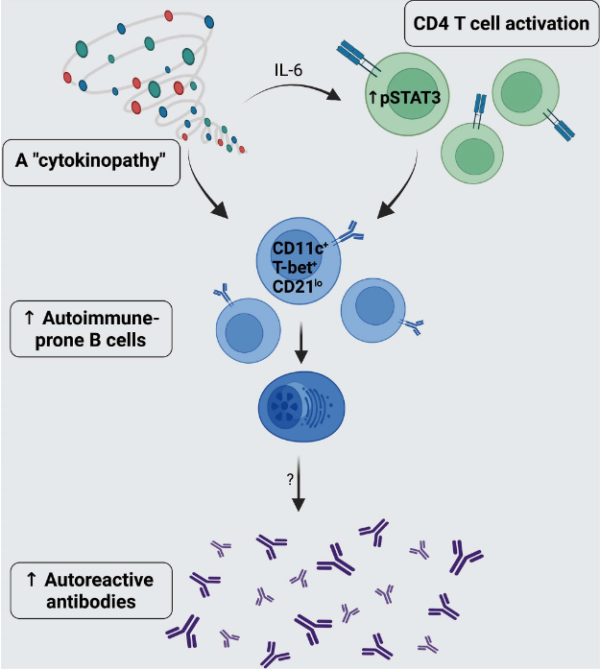
Thu, 2023/03/02
Autoimmunity in Down’s syndrome via cytokines
Fri, 2023/02/17
The combination of PD1-IL2v and anti-PD-L1 can destroy the resistance of cancer to immunotherapy
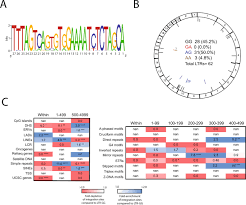
Fri, 2023/02/17
The antiviral APOBEC3 protein actually promotes HIV to enter the latent state
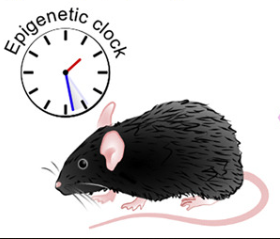
Fri, 2023/02/17
Restoring lost epigenetic information can make aging mammals rejuvenate
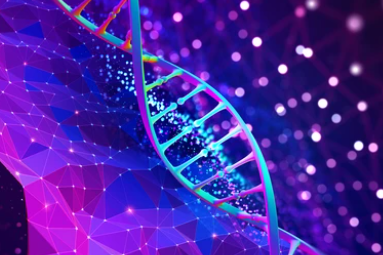
Fri, 2023/02/17
CAR-T cell therapy is expected to eliminate residual tumor cells after solid tumor surgery
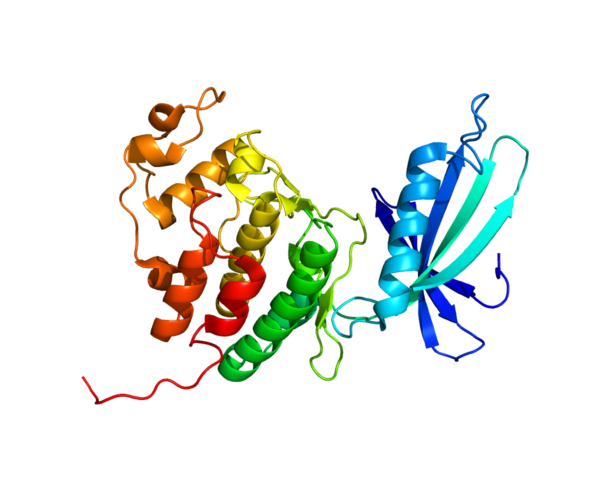
Fri, 2022/12/23
CDK4 - a master regulator of the cell cycle
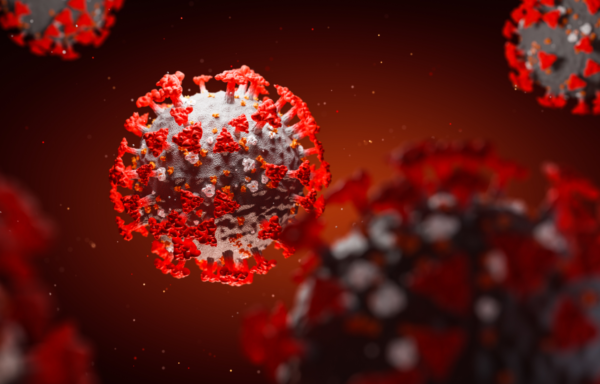
Fri, 2022/12/23
Occluding the ACE2 receptor, renders all mutants incapable of infection!
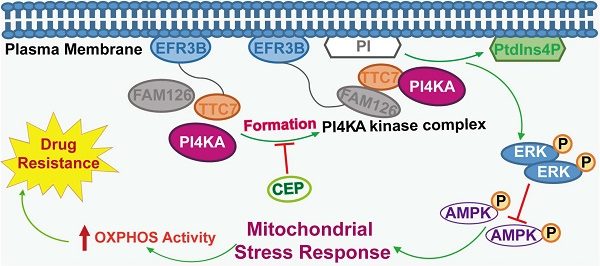
Fri, 2022/12/23
Targeting PI4KA increases chemosensitivity of refractory leukemia by regulating ERK/AMPK/OXPHOS axis
